When and how to properly propagate spirea?
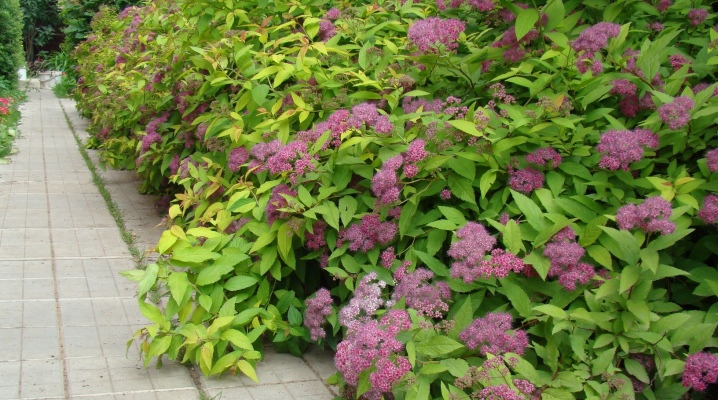
How to propagate spirea? This question is faced by many amateur gardeners who want to independently cultivate new plants for their site. Like other shrubs with rather long climbing branches, spirea supports reproduction by layering, and allows grafting. Collecting seeds also provides an opportunity to experiment with home forcing seedlings, but this method is only suitable for the most patient home gardeners.
How to plant a spirea by dividing a bush in the fall or at other times? Which season is best for planting and why? Is seed propagation suitable for hybrids? All these issues should be considered in more detail, since the process of increasing the number of spirits on the site requires compliance with certain rules. Otherwise, it will be quite difficult to achieve the desired results.
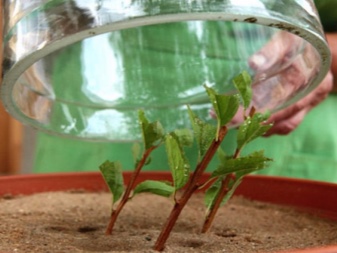
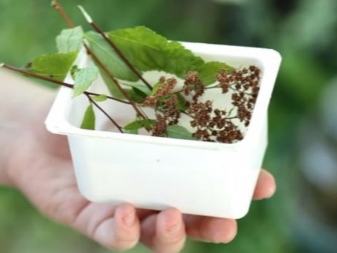
Peculiarities
Reproduction of spirea can be successful even if the gardener does not have too much experience. This shrub takes root well when planted in spring and autumn. With a certain effort, spirea can be propagated in the summer, you just need to take into account the individual characteristics of the plant.
Timing
The choice of timing for reproduction in most cases turns out to be associated with the desire of the gardener to use different types and methods of plant breeding. In the case of spirea (a rather unpretentious shrub), seasonal restrictions are not so important. Subject to certain rules, it will be possible to complete all the necessary tasks even in the summer.
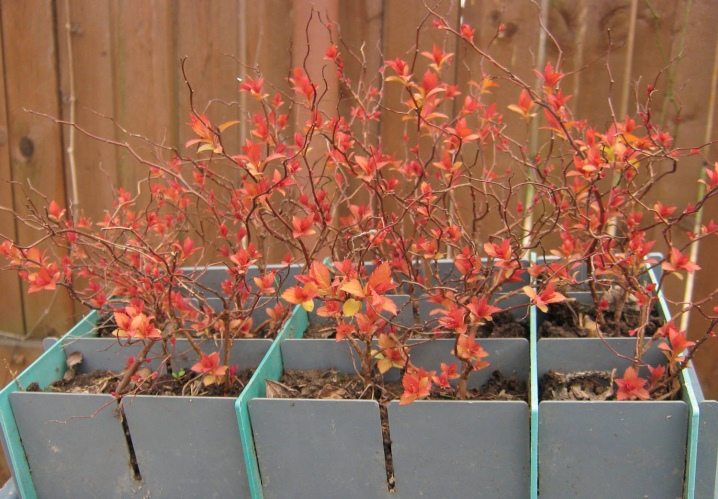
In the spring
The choice of timing for spring breeding can be different. Most often, the landing time falls on the following periods.
- The period until the kidney swells. It comes around mid-March. If the deadlines are missed and the leaves have started to grow, you should not touch the plant.
- In late spring, before flowering. At this time, the most active growing season is replaced by other processes and the changes are not so dangerous.
Summer
In the summer, propagation of a shrub by layering, dividing, cuttings is recommended only if the weather is cloudy, without drought, scorching sun. Loss of moisture is always detrimental to young seedlings, they may not take root or wither.
In the summer months, the end of flowering is considered the optimal period for reproduction. It usually falls in mid-June or the first week of July.
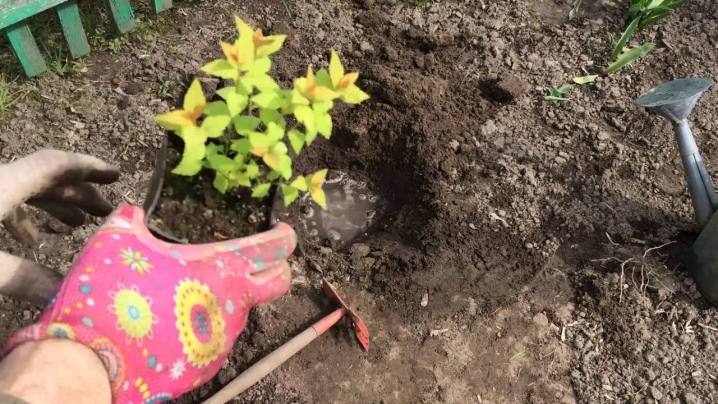
In autumn
The autumn months imply the possibility of planting spirea only before the onset of the first frost. It will be better if all the necessary manipulations can be completed in mid-September. It is believed that autumn breeding is the most productive, as it allows you to reduce the plant's care needs to a minimum. In most cases, it is enough just to mulch and insulate the seedlings well. In this case, the survival rate of plants is as high as possible.
Reproduction methods
Spirea at home can be easily propagated with the help of cuttings, cuttings, seeds. Also, an adult bush can be easily divided during transplantation, receiving new adult plants. This method is especially effective if the plant requires anti-aging growth stimulation.
At home and in a mini-greenhouse, you can plant the spirea with seeds or branches, preparing the shoots for planting throughout the year.
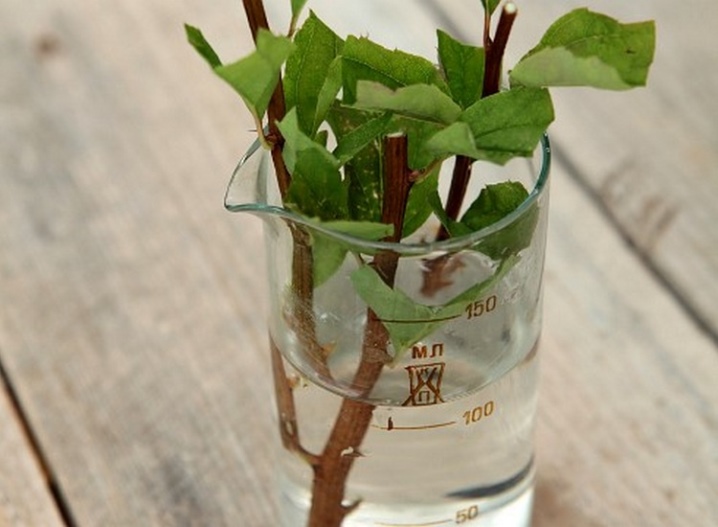
Seeds
It is worth considering that the seed propagation method is suitable only for varietal plants.In this case, hybrids will give offspring that does not repeat the appearance and characteristics of the parent plants. The rest seed reproduction has many advantages, it helps to obtain a sufficient amount of material for creating a hedge or extended landscape compositions.
There is no need to stratify or otherwise prepare the capsule fruits collected in the summer and their contents.
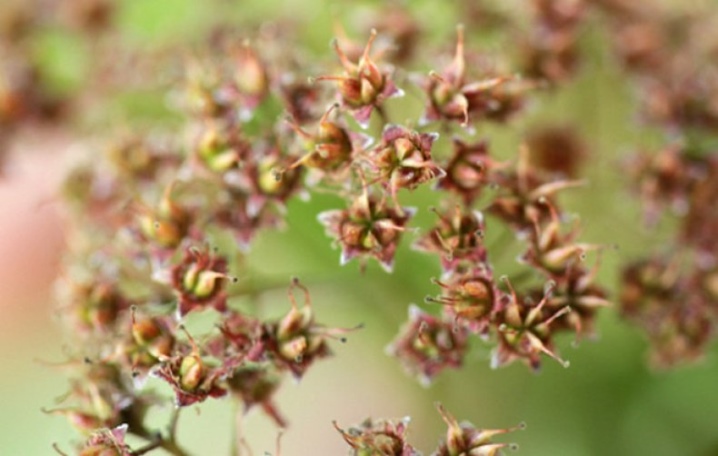
Seeds are used for planting as follows:
- in July-August, immature planting material is harvested;
- at home, it ripens for 3 weeks;
- landing containers are being prepared;
- containers are filled with substrate;
- seeds are poured on top, lightly covered with earth;
- spray water with a spray bottle, fix the film.
Seedlings appear within a month, they will need a pick in January-February. You need to start it when the plants reach 2 cm in height. Further, the spireas are transferred to a more spacious box with a distance between individual shoots of at least 7 cm. For the summer, the container is placed in the garden, but so that there is no direct contact of the seedlings with the rays of the sun.
During this period, abundant watering is required, by autumn the seedlings are ready for planting in open ground, independent wintering.

Spirea seed germination rates vary in the range of 50-100%. The flowering of seedlings obtained from seeds begins at the age of 3 years. Until that time, the plant will form a developed root system, directing all its forces to this work.
Cuttings
Using cuttings when propagating spirea is one of the most effective propagation methods. Shoots 1 and 2 years old are suitable for the procedure, it is only important to choose the right time for planting them. The new growth is distinguished by a lighter bark, it is easy to distinguish it from the rest.
Spirea cuttings have no seasonal restrictions; they are carried out in spring, autumn, summer, but always in cool and cloudy weather. Cutting material for planting is done only from healthy and strong bushes. The breeding process itself depends on the season.
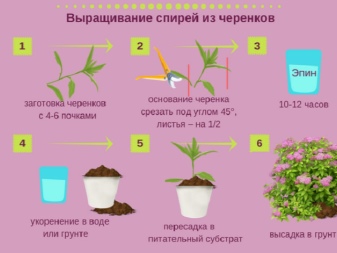
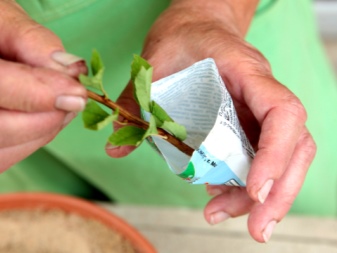
In the spring, shoots are used for 2 years with a lignified bark, with a diameter of no more than 5 mm. Cutting of seedlings is performed from the middle part of the shoot, the cut is made oblique at the bottom, and straight at the top. The handle should have at least 5-6 buds; to stimulate root formation, cuts are made above the lower pair. Rooting is carried out in a greenhouse soil or a container with a substrate with preliminary soaking for 12 hours in Epin's solution. It is necessary to deepen the cutting by 2-3 buds, root formation takes up to 30 days.
Summer cuttings of spirea are made using young green shoots 1 year old. Their upper part is shortened, the lower leaves are removed, 2 pairs are left on top, cutting their size by a third. The cut from the bottom is beveled, treated with potassium permanganate and the cuttings are placed in a nutrient substrate with a depth of 2 cm.The distance between plantings should not be less than 3 cm. During the rooting period, greenhouse conditions with high temperature and humidity must be created for the seedlings.
When propagated by cuttings, birch-leaved and oak-leaved varieties take root best. Slightly less successful (in 70% of cases) is the rooting of Wangutta spiraea, lily, dwarf, white-flowered, willow.
The sharp-toothed appearance lends itself to grafting worse than others - the survival rate is about 33%.
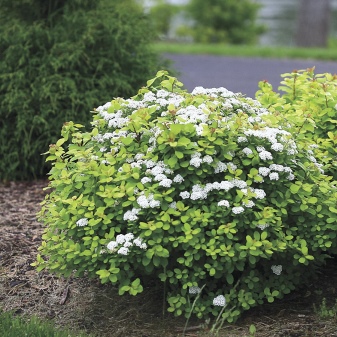
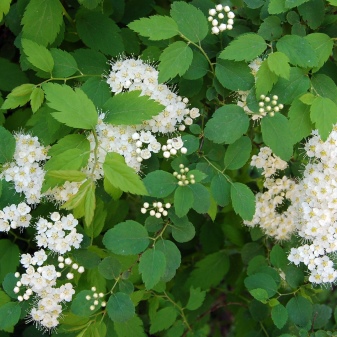
Layers
Spirea propagation by layering is a fairly popular method, but he requires for some time to sacrifice the beauty of the flowering mother bush. To obtain shoots, in early spring, select the strongest, strongest side shoots, dig small trenches for them, break them slightly at the base and lay them in prepared grooves. The top of the branch remains above the ground, is provided with a support, the horizontal part is fixed with a bracket.
The cuttings are fed from the mother bush, therefore, the forming inflorescences will have to be cut off on it during the year. This will enhance the formation of roots in buried shoots. In addition, they will have to provide regular watering. By the end of the season, the root system of layers will be formed, but they should winter together with the mother plant in a shelter of dry leaves. In the place of permanent cultivation, the resulting young bushes are transplanted in the spring, separating them from the main plant at a distance of 15-20 cm from the base.
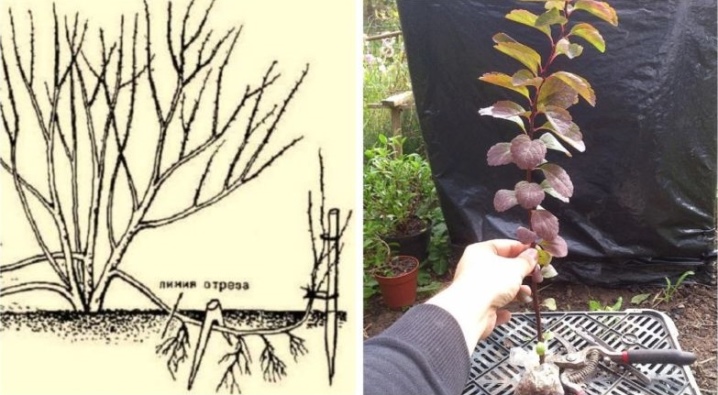
By dividing the bush
Breeding method suitable for 3-4 year old plants. Younger spirea bushes still have an underdeveloped rhizome. Too mature plants can die after such a procedure. The optimal time for dividing a bush is autumn, but in general, you can do it in summer or spring, after waiting for wet weather. Before cutting, the dug out plant is immersed by its roots in a bucket of water for 4-5 hours.
The division of the bush is made with pruning shears with the formation of 2-3 parts. The tool is pre-disinfected, rotten or dry areas of the rhizomes are pruned and shortened. Then the plant is planted as a separate independent bush. At the end of the planting process, it is imperative to provide abundant watering to the spire.
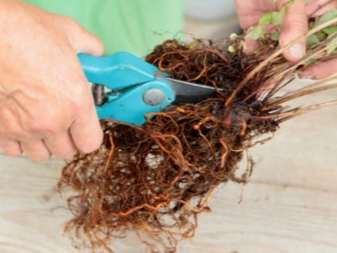
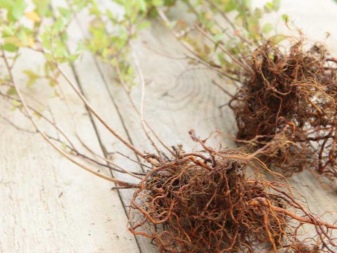
Gardening tips
In order for the process of reproduction of the spirea with landing in the designated place to be successful, it is worth taking into account the recommendations of experienced summer residents. So, in the first years after planting, the shrub requires a lot of attention. To aid acclimatization, plants provide a constant supply of moisture, watering as the soil dries up. In order to prevent root decay, you need to take into account the weather conditions: in the rain, you do not need to add additional water under the bush.
With the onset of the growing season, the intensity of caring for young spirea plantings increases. They must be fertilized with organic compounds and mineral complexes. To avoid freezing the plant in winter, its near-stem circle is mulched abundantly. The upper part of the branches is tied up, covered with spruce branches or special material. The first pruning is carried out in the spring on the spiraea of the second year of planting.
For proper cultivation, it is very important to carry out the planting itself according to all the rules. Spirea requires a fairly deep, voluminous pit, 3 times larger in diameter and height than the root system of the plant. The resulting hole in the bottom is covered with a 10-15 cm drainage layer to provide good conditions for air access and moisture outflow. As a soil, experienced gardeners recommend using a combination of 2 parts of steamed earth with 1 part of peat and sand for spirea.
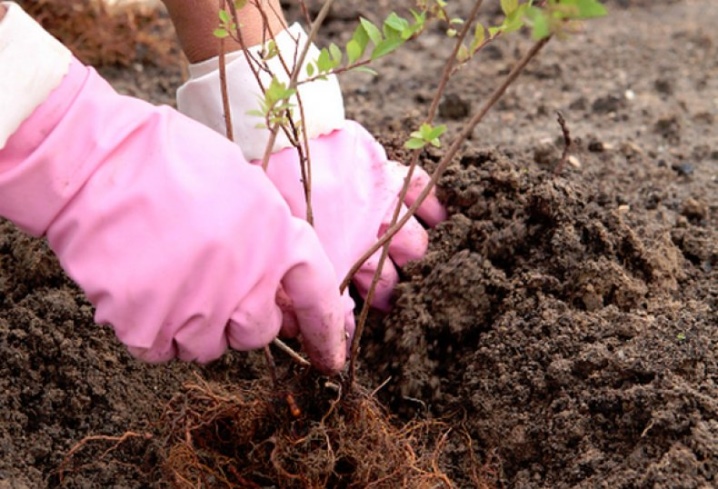
During planting and in the future, if the roots are exposed, and soil is added, it is important not to bare the root collar, but also not to close it. Violation of this rule often leads to the death of the plant. It is best to mulch the plant after planting not with sawdust, but with deciduous humus. In addition to the additional introduction of nutrients, such a measure will ensure a slowdown in the growth of weeds and, in general, will have a beneficial effect on acclimatization.
When planting a spirea for a hedge, planting should not be done too often. A distance of 50 cm between the holes will be sufficient. If you want to grow a spirea as a tapeworm, at least 1 m should be retreated from other plantings.
The following video will tell you how to propagate spirea.

































































The comment was sent successfully.